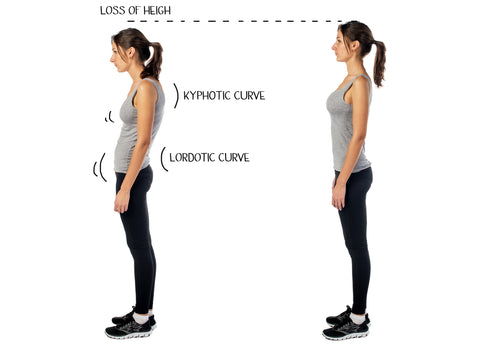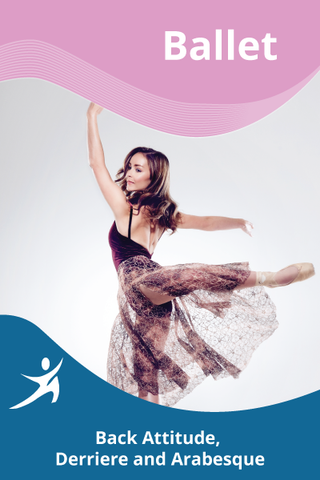Technique Tidbits: Arabesque
Posted by EasyFlexibility Team on
Arabesque: an artistic portrayal of flowing lines.
This original definition, while not the common description in any dance textbook, absolutely encompasses what a dancer strives for. An effortless flow of the arabesque line is a wonderfully achievable goal. Having trouble finding the correct position? Take a look at these technique tips and watch that leg reach new heights…literally!

If you have auditioned for any type of summer or college dance program, odds are you have had to submit a photo of your first arabesque. For many, finding the perfect shot is a dreaded process.
What are these programs looking for?
Do they only look at how high your leg can go?
Technique. Technique. Technique.
Any good teacher will stress technique over how high the leg lifts. This goes for program directors as well as they sift through hundreds of photos. After all, you have to learn the alphabet before you can create a sentence. Solid base technique equals strength. Once the technique is understood, the embellishments, such as the height of the leg, come much easier.
Tip 1 – Turnout
No matter which dance style is your forte, you will rarely find an arabesque that is choreographed turned-in. Unless it is actually a stylistic choice, a turned-in arabesque is a sign of weak turnout muscles. Turnout comes from the hip and is supported by 6 deep rotator muscles. Check out the Strength in Flexibility: Turnout article for more detail and an awesome test to see how strong your turnout muscles are.
A fantastic visual is to imagine your leg as a spinning barber pole. As you pull up taller, your outer thighs wrap around as your inner thighs pull forward in a continuous stream, which continues even as the leg lifts behind you.
Tip 2 – Posture
Many of the positions we encounter on a daily basis outside of the dance world create a pattern of poor posture. Oftentimes pressure is collected in the lower back as the spine attempts to hold everything up. This habit of “sitting” in the lower back causes a major road block when it comes to lifting the leg into arabesque. While the pelvis will naturally tilt forward as the leg is lifted higher, it is important not to start off that way.
Try it now. Stand in first position and sit into the low back. Lift your leg. Now stand tall, engage your abdominal muscles by imagining your belly button pulling in to meet your spine, and lift your leg.
It Makes a Difference
You may be surprised at what a difference posture makes. If you are having trouble staying lifted while standing, a series of abdominal exercises will help control the movement of your spine, as your abs are the key component to spine stabilization.

Tip 3 – Imagine the Arc
There are many positional things to remember when holding an arabesque, like pointed toes, straight knees and pressing the shoulders down the back. However, as the definition of an arabesque suggests, the position is not just a position- it is a combination of flowing lines. While you may try to squeeze and hold an arabesque, thinking about it as a constantly flowing line of energy will lift that leg a little higher.
A visualization you can try is imagining a string from the top of your head constantly pulling you upward as another string pulls your toes further and further away, creating an arc between the two points. This arc creates space not only through the spine, but also through the hip joint, allowing greater range of motion.
Remember, technique always comes first and every leg has its own set of challenges.
A program director or even competition judge will fully appreciate a beautifully turned out, lengthened, and properly placed arabesque over a poorly executed attempt to kick the back of your head. Create small goals for yourself. Take a photo of your arabesque once a month and track your improvement. By the time audition season comes around, you will be golden!
Begin your journey to a higher and cleaner arabesque today through our Zaichik Stretching Techniques by clicking the photo below:
Share this post
- Tags: arabesque, ballet, dance, dancer, easyflexibility, good posture, kinesiological stretching, pointe, technique, turnout

